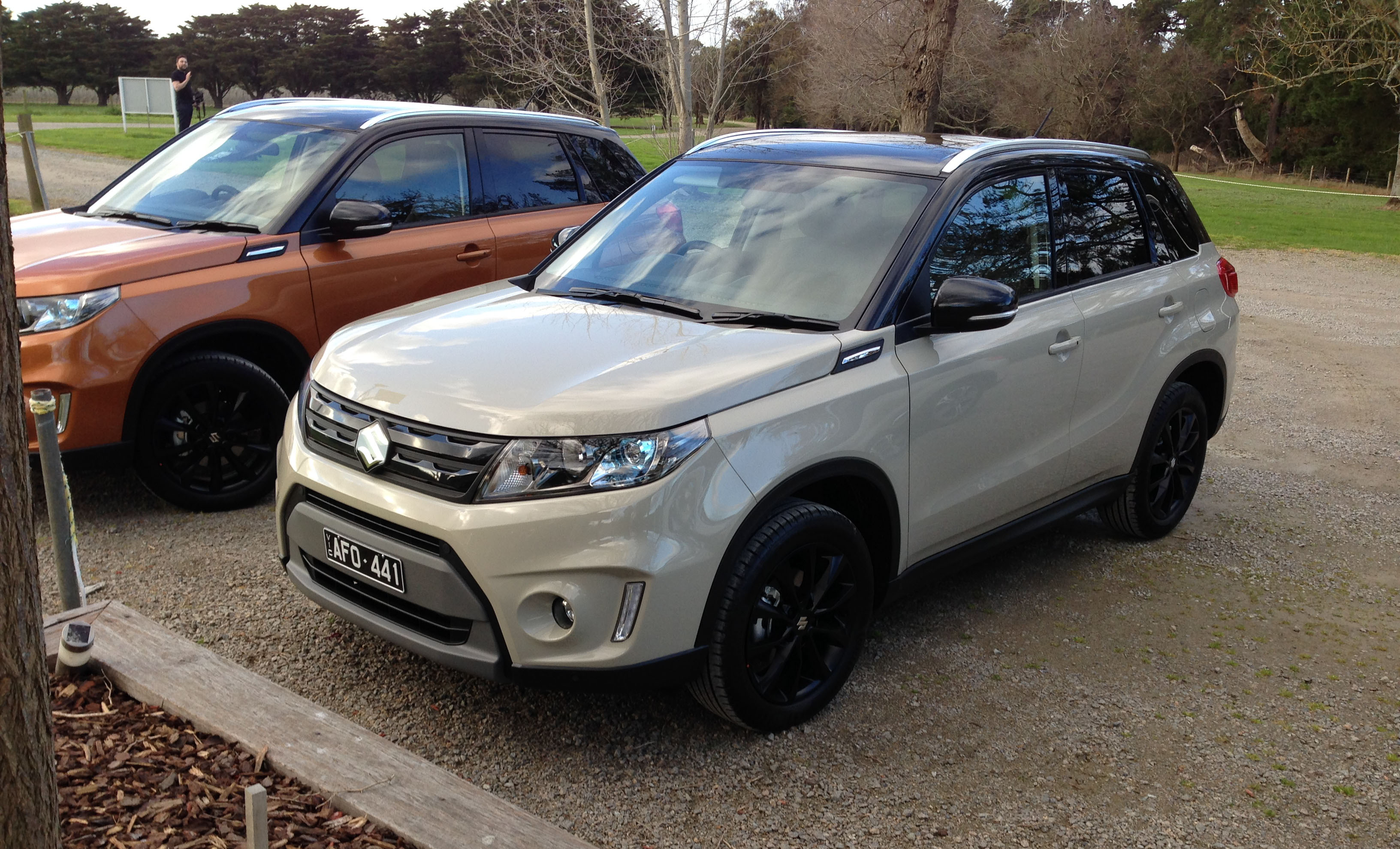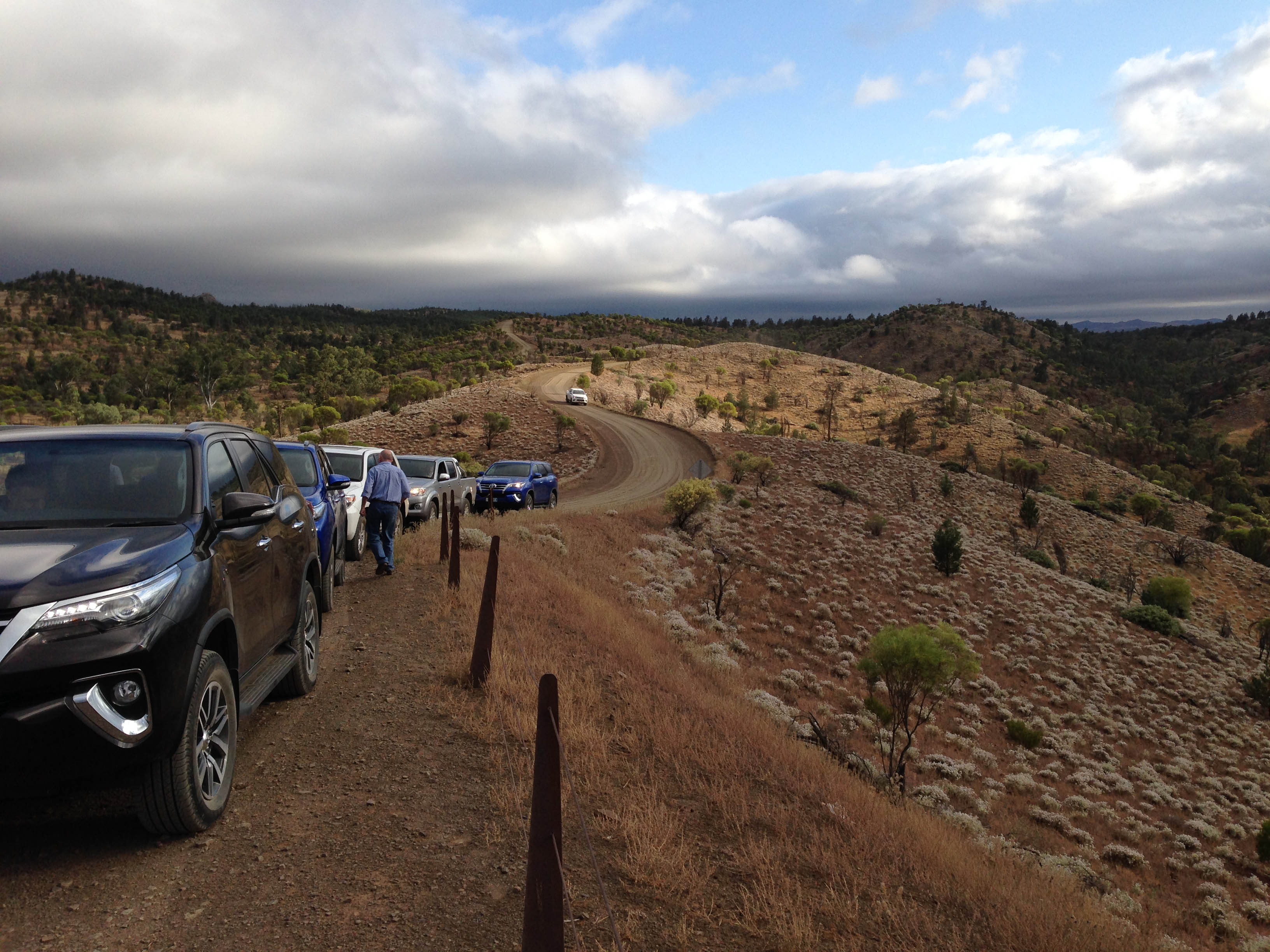https://soundcloud.com/db_drivenmedia/first-driving-impressions-kia
Australia has had three cars that were shaped like boxes on wheels.
The aptly named and unlamented Nissan Cube which is no longer on the market, the Toyota Rukus and the Kia Soul.
While they all have slightly rounded corners, of the three cars, the Kia looks the least like an esky on wheels.
Kia has just launched the second generation Soul onto the Australian market and while it is still an archetypal shape it has managed to remove some of the klutzy appearance associated with this type of vehicle.
With new lights and bumpers, more prominent wheel arches and a back that does not look as flat as the old model, the Soul is looking more like a cross over between an SUV and a station wagon.
It is a slightly bigger car. Compared with its predecessor, the new model is 20 mm longer, has a 20mm longer wheelbase, is15 mm wider but is 41mm lower with the standard roof rails. It comes in only one model, the Si. This is not surprising as the sales volumes for the whole of 2013 were only 181 vehicles. Even if the new model brings more customers there is hardly room for stocking a range of variants.
The new Soul is no sports wagon but it has made significant improvements to the ride and handling.
At the heart of improvements is a new platform based on the Cerato/Forte/cee’d platform and a bodyshell that is now made of 66% ultra-high strength or high strength steel.
This results in a 29% increase in torsional rigidity. An additional benefit of using ultra-high strength steel is the opportunity to make the A-pillars 20 mm narrower, improving forward visibility.
The handling is now much more competent although turning firmly into corners gave a feeling of scrubbing from the tyres rather than a sharpness of grip that you get from a more performance oriented vehicle.
The old model was the last in the Kia range not to have some local turning for Australian conditions. The new model was tested through urban, highway and rural conditions in and around Sydney to produce a result more suited to our environment. The results show.
The FlexSteer system provides three different settings for the feel of the steering; Normal, Comfort and Sport modes. The comfort mode is a bit mushy, the normal mode is a bit better but sport is the choice if you enjoy driving.
Quietness in the cabin is excellent and the general ride is very comfortable although I struggled a little to get the right adjustment in the squab of the seat.
The new Soul is powered by the 113kW 2.0-litre petrol engine with peak torque of 191Nm at 4700rpm. Its performance is adequate but then again this does not pretend to be a low slung sports car.
You can have either a 6 speed manual or 6 speed automatic gearbox. With only moderate performance from the engine you have to do frequent changes in the manual on hilly roads. Kia’s automatic is a very good performer. In the Soul it has to hunt quite aggressively on hills but it does very well with the engine it’s got. I think it’s the pick and Kia believe that 90% of Soul sales will be the automatic.
The potential market for this car crosses over many groups in the community. Young people can see it as a funky statement that is different from the normal sedan or hatchback, families would appreciate its functionality, businesses might like a vehicle that stands out and it is not hard to think of the Soul with bright advertising down the side, while older people might want a tallish vehicle that you don’t have to bend down to get into without having to buy an SUV.
One motoring journalist said it goes from hip-hop to hip replacement.
With the manual priced at $23,990 and the automatic an extra $2,000 (plus on road costs) and coming with standard features such as reversing camera, tyre pressure monitoring and hill start assist control, its is a highly credible package with an over feel of quality.






